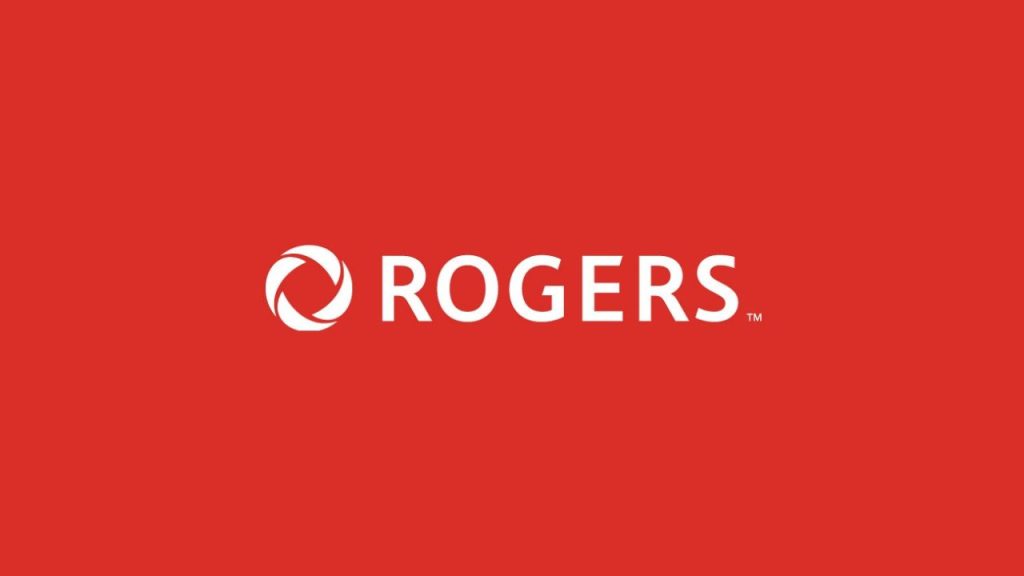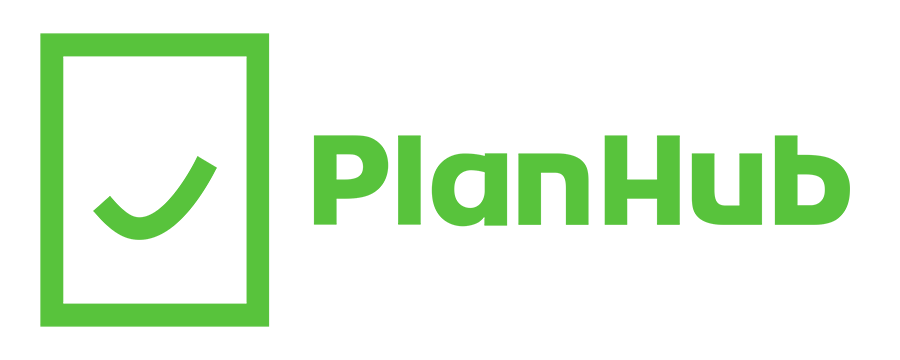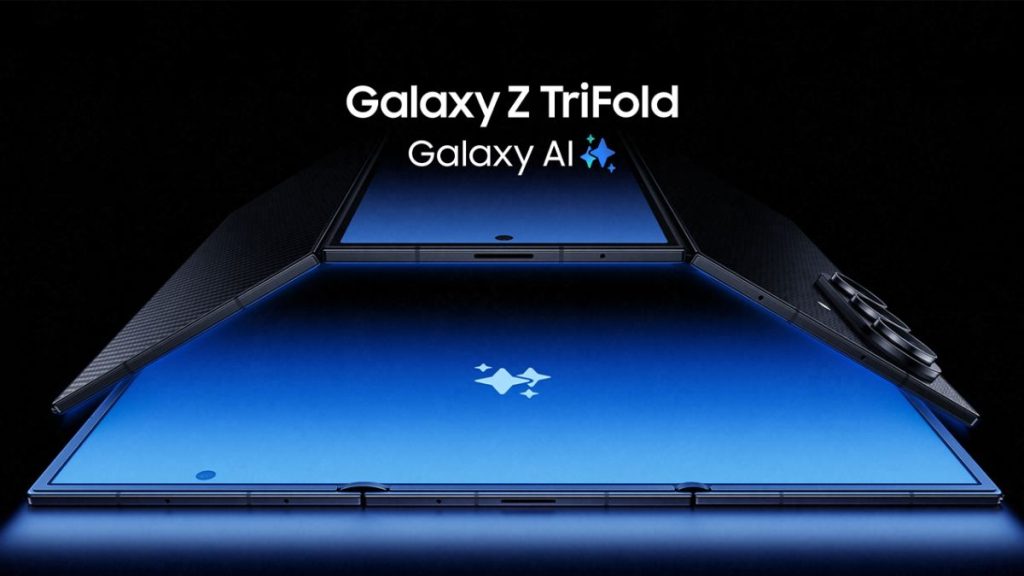Rogers has confirmed the permanent shutdown of its 20,000 public WiFi hotspots effective July 21, 2025, ending an iconic service inherited from its 2023 acquisition of Shaw.
This network, once spanning thousands of public spaces (libraries, malls…), disappears after two decades of operation. Internal data reveals hotspot usage plummeted over 80% since 2020, reflecting profound shifts in consumer habits and technology .

Find the plan that fits your needs and budget on PlanHub.ca!
Structural Reasons Behind the Decision
Three key factors drove this obsolescence:
- The rise of unlimited 5G mobile plans: Rogers now deploys 5G in 130 Canadian cities, offering speeds 100x faster than legacy WiFi hotspots (capped at 100Mbps). Today, 75% of Canadians have generous data plans vs. 35% in 2020.
- Proliferation of “proprietary WiFi”: Businesses, municipalities, and transit systems now provide free access, covering 90% of urban areas .
- Cost efficiency: Maintaining the WiFi network cost Rogers $5M annually (funds now redirected to fiber optic and 5G+ deployment).
User Impact and Compensatory Measures
A targeted minority will be affected:
- 12,000 Freedom Mobile subscribers (ex-Shaw users) losing critical access in cellular “dead zones.”
- 0.5% of Rogers subscribers on basic BYOD (Bring Your Own Device) plans who relied on hotspots to supplement limited mobile data.
For the latter group, Rogers adds +3GB of monthly mobile data starting July 2025. However, overage fees will apply at $7/100MB after quota exhaustion, a crucial detail often overlooked in public communications .
Alternatives and Practical Solutions
Public WiFi remains widely available through:
- TELUS (8,000 hotspots in airports/malls)
- Bell (5,000 points in transit hubs)
- Municipal networks in Toronto/Vancouver/Montréal (12,000 free access points) .
Rogers also encourages using its 5G network or Wi-Fi Calling to address coverage gaps. Subscribers can enable free SMS alerts at 90%/100% data consumption via the MyRogers app .
The End of an Economic Model
Rogers follows Bell and Telus, which abandoned their hotspot networks in 2022. This marks the collapse of a pre-5G strategy where operators used ancillary services to retain customers. The battle now focuses on raw speed and fiber coverage, epitomized by Rogers’ upcoming Wi-Fi 7 “XER10” router launching late 2025 . Legacy users must adapt or migrate to costlier plans.






